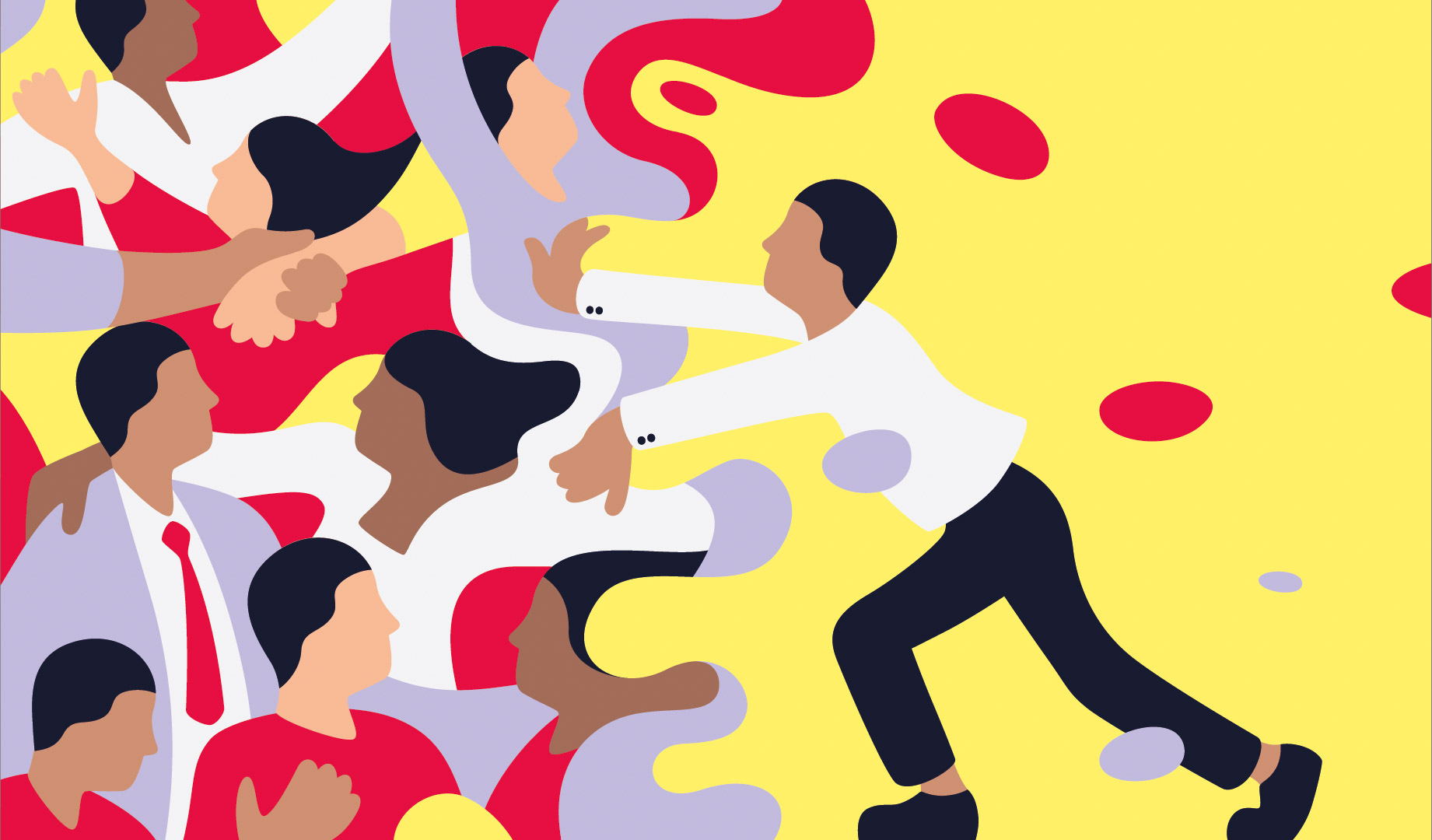From the choir rehearsal in Washington to family gatherings in Chicago, numerous covid-19 “superspreading” events have seen one person infect many others. MIT researchers who studied about 60 such events found that they have a much larger impact than expected.
“Superspreading events are likely more important than most of us had initially realized,” says senior author James Collins, a professor of medical engineering and science. If we can control them, he adds, “we have a much greater chance of getting this pandemic under control.”


For SARS-CoV-2, the “basic reproduction number” is around 3, meaning that on average, each person infected will spread it to about three others. But some don’t spread the disease to anyone, while “superspreaders” can infect dozens. Defining superspreaders as those who passed the virus to more than six others, Collins and postdoc Felix Wong identified 45 superspreading events from the current SARS-CoV-2 pandemic and 15 events from the 2003 SARS-CoV outbreak, all documented in scientific journals. During most of these events, between 10 and 55 people were infected, but two from 2003 involved more than 100 people.
Given commonly used statistical distributions in which the typical patient infects three others, events in which the disease spreads to dozens of people would be considered very unlikely. A normal distribution would resemble a bell curve with a peak around three and a rapidly tapering tail in both directions, meaning the probability of an extreme event declines exponentially as the number of infections moves farther from the average.
But by applying mathematical tools often used in the finance and insurance industries to model extreme events, the researchers found that the distribution of coronavirus transmissions has a fat tail rather than a tapering one, implying that even though superspreading events are extreme, they are still likely to occur.
While many factors may contribute to making someone a superspreader, the researchers focused on how many people an infected person comes into contact with. They created and compared two network models, both with an average of 10 contacts per person. But one had an exponentially declining distribution of contacts, while the other had a fat tail in which some people had many contacts. In that model, many more people became infected through superspreading events. Transmission stopped, however, when people with more than 10 contacts were taken out of the network.
The findings suggest that capping gatherings at 10 could significantly reduce the number of superspreading events and lower the overall number of infections, the researchers say. —Anne Trafton
A business can develop in many ways. One of the best ways to grow your…
American families are once again juggling the seasonal custom—and financial burden—of back-to-school shopping as the…
Want to bond over unexpected activities? Look at these unconventional ways to connect with your…
Burnout isn’t just something that happens to CEOs. For moms homeschooling littles, it’s a very…
When it comes to long-distance motorcycling, comfort, reliability, and smart engineering can make or break…
Flowers have seen significant transformation over time; online flower shopping is increasingly common now for…